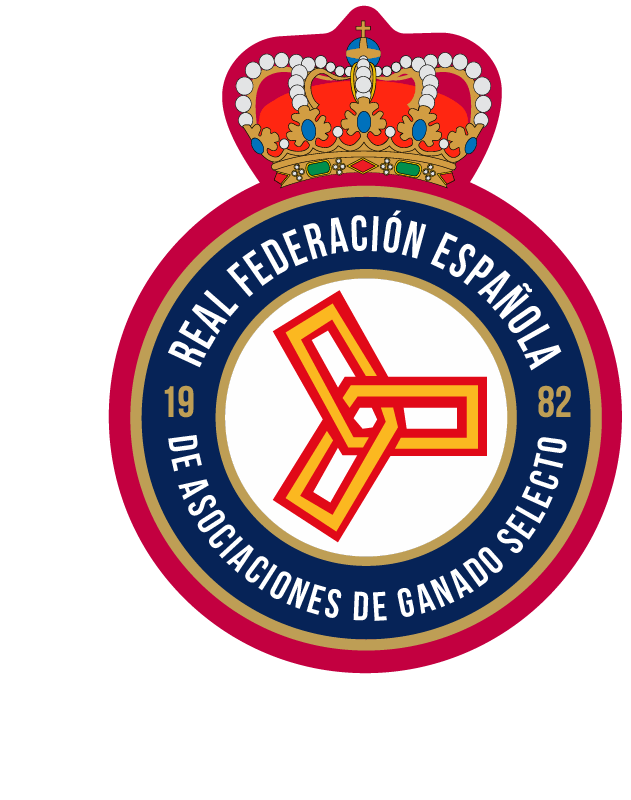GENERAL CHARACTERISTICS
They are orthoid, eumetric and mesomorphic specimens, with a slender silhouette, a harmonious body, and graceful movements. In general, and due to the origin of the breed, the ethnic characteristics can be very varied, without constituting a reason for disqualification or objection. Conformation characterised by general harmony and clear sporting orientation, graceful silhouette, and distinction.
Pyramidal, medium sized head, straight or slightly convex and broad forehead, medium sized, mobile ears, set wide apart, their tips tending to close together. Eyes rounded, full set and expressive, with marked orbital arches. Face straight or slightly subconcave, jaws with rounded edges and wide space between them, rounded nostrils, with a certain forward projection and thin lips.
Slightly elongated neck, gently arched at the upper edge, well attached to the head and the trunk, with a point of origin above the joints. Trunk strong and deep, with prominent withers and extended back.
Slightly curved back, broad, muscular, and horizontal loin, well attached at front and rear. Croup long, strong, and slightly sloping (with an angle close to 25 degrees). Chest deep, chest elliptical, with gently arched ribs. Flanks broad and belly tucked up.
Limbs in proportion to the length of the body and correctly plumb.
PRODUCTION CHARACTERISTICS AND EXPLOITATION SYSTEMS
This is a riding horse with a particular aptitude for sport, especially for cross-country races and jumping, as well as for the disciplines of classic and cowboy dressage. It is also a horse with a temperament well suited to TREC (Techniques of Equestrian Competition Riding), equestrian marches and group sports.
The combination of the physiological gait endowments of the two parent breeds has given the breed an intermediate form of movement, in which good elevations are associated with wide extensions, without being too pronounced. They are easy to handle and readily get on well with riders and handlers. They can overcome adverse situations without great effort.
GEOGRAPHICAL DISTRIBUTION
The main area of settlement of the breed corresponds fundamentally to the Autonomous Community of Andalusia; however, the area of dispersion of the breed is considered to be the entire Spanish peninsular territory.

INFORMACIÓN
 Cuéntanos tus características y necesidades para poder ofrecerte la solución que mejor se adapte a tu contexto. Contacta con nosotros si tienes aclaraciones o sugerencias de productos o servicios que necesites.
Cuéntanos tus características y necesidades para poder ofrecerte la solución que mejor se adapte a tu contexto. Contacta con nosotros si tienes aclaraciones o sugerencias de productos o servicios que necesites.
Presupuesto total: 543.404,60 euros. Cofinanciado UE al 80% por el Fondo Europeo Agrícola de Desarrollo Rural- FEADER y al 20% por el MAPA. La Dirección General de Desarrollo Rural, Innovación y Formación Agroalimetnaria (DGDRIFA) es la autoridad de gestión encargada de la aplicación de la ayuda FEADER y nacional correspondiente.
https://ec.europa.eu/info/eu-
Creación de una base y estructura de comercialización e internacionalización de material genético de razas puras españolas mediante análisis de la situación actual y elaboración de plan estratégico para la exportación. El objetivo es desarrollar un análisis estratégico de la internacionalización y desarrollo de estructura y protocolos de comercialización del material genético según demanda y requisitos de países objetivos para las razas participantes del proyecto y para el conjunto de la cabaña ganadera España. Organismo responsable de contenido: miembros del GO EXPORTGEN.
 Livestock Genetics from Spain (LGFS) es una plataforma para dar visibilidad al Grupo Operativo (G.O) ExportGen, integrado por FEAGAS como miembro ejecutor, así como los miembros asociados ASEAVA (Asociación de Asturiana de los Valles), ACRUGA (Asociación de Rubia Gallega) y ANCCE (Asociación del Caballo Pura Raza Español). El objetivo es dar a conocer estas 3 razas fuera de España.
Livestock Genetics from Spain (LGFS) es una plataforma para dar visibilidad al Grupo Operativo (G.O) ExportGen, integrado por FEAGAS como miembro ejecutor, así como los miembros asociados ASEAVA (Asociación de Asturiana de los Valles), ACRUGA (Asociación de Rubia Gallega) y ANCCE (Asociación del Caballo Pura Raza Español). El objetivo es dar a conocer estas 3 razas fuera de España.
Presupuesto total: 543.404,60 euros. Cofinanciado UE al 80% por el Fondo Europeo Agrícola de Desarrollo Rural- FEADER y al 20% por el MAPA. La Dirección General de Desarrollo Rural, Innovación y Formación Agroalimetnaria (DGDRIFA) es la autoridad de gestión encargada de la aplicación de la ayuda FEADER y nacional correspondiente.
https://ec.europa.eu/info/eu-
Creación de una base y estructura de comercialización e internacionalización de material genético de razas puras españolas mediante análisis de la situación actual y elaboración de plan estratégico para la exportación. El objetivo es desarrollar un análisis estratégico de la internacionalización y desarrollo de estructura y protocolos de comercialización del material genético según demanda y requisitos de países objetivos para las razas participantes del proyecto y para el conjunto de la cabaña ganadera España. Organismo responsable de contenido: miembros del GO EXPORTGEN.









